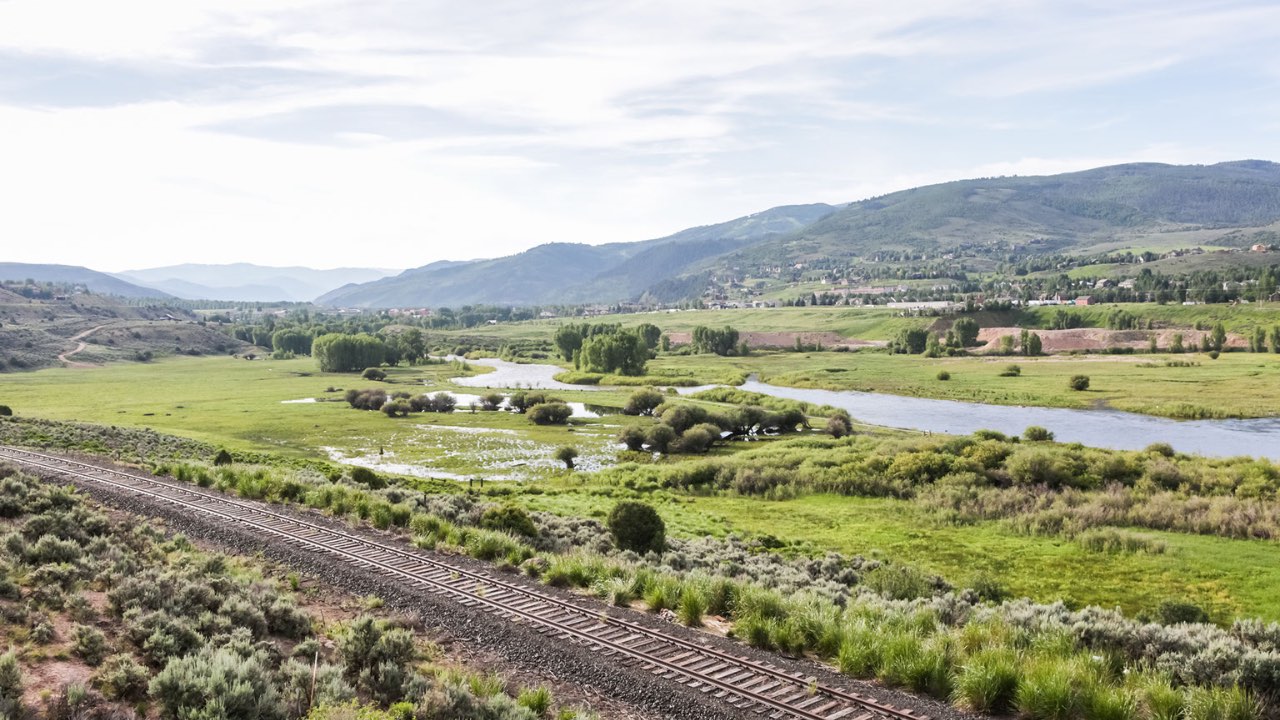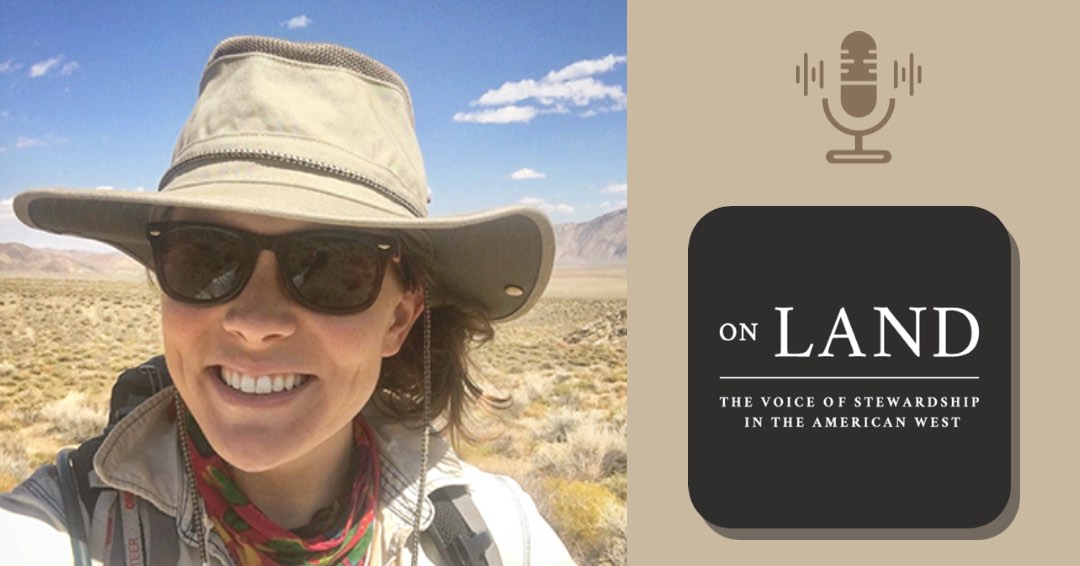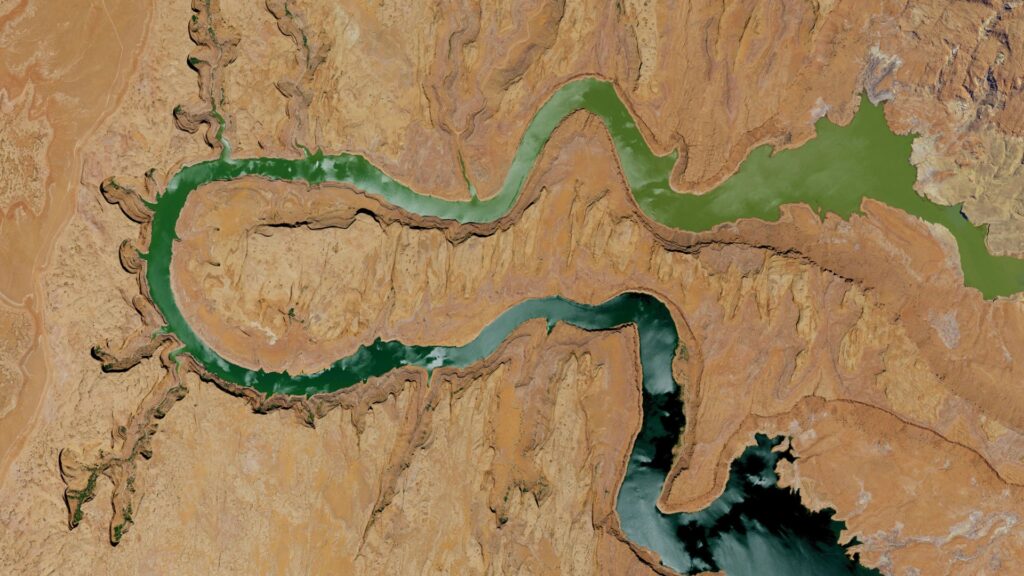
Water Weekly: “good snowpack can’t be an excuse to kick the can down the road”
If you can only read three stories (and listen to one) about Western water this week, pick these:
1. Water cuts could save the Colorado River. Farmers are in the crosshairs.
This story, one of many covering the release of the Bureau of Reclamation’s draft Supplementary Environmental Impact Statement (SEIS) on operations of their lower Colorado River infrastructure, including Hoover and Glen Canyon Dams, reveals what farmers in California are already doing in anticipation of major cuts to water deliveries from the river. The SEIS has set the playing field and for the negotiations between California, Arizona and Nevada on a deal to save the river system. In the draft, BoR presented two possible options it could implement to cut the 2 million acre-feet of water they say needs to be saved to keep the dam infrastructure solvent. One would apportion the cuts to deliveries based on established priority in existing water rights on the river, essentially cutting nearly all of Arizona’s non-tribal share, as well as water that goes to the cities of Las Vegas and Los Angeles. The other option would evenly distribute the cuts between Arizona, California and Nevada, meaning some sizable cuts to the agricultural irrigation districts in California’s Imperial and Coachella Valleys. Reporter Joshua Partlow talked to farmer Alex Jack, who says the current offers to pay farmers for saved water aren’t enough to allow him to make the improvements needed to implement further savings. He’s already spent $2.5 million on irrigation efficiency improvements in recent years. Partial or complete field fallowing (reducing crop yields, and therefore revenue) would seem to be the only option. Then we hear from farmer Craig Elmore, who farms 7,000 acres in the Imperial Irrigation District. Elmore says he is looking for farmland to acquire in the region in order to secure the water that could come with it: “If we do get cut real bad, and I have to start moving water from one field to another, I want to be able to keep my program going,” Elmore says. While the president of the Imperial Irrigation District, of which Elmore is a member, says fallowing farmland in the district would “[destroy] our ag economy,” Elmore’s plan to “keep his program going” would amount to the same thing. The stage is set for wild summer of negotiations.
2. Bennet, Hickenlooper on potential revisions to Colorado River operation: Wet year no excuse to ignore a drier future
In this story from Vail Daily reporter John LaConte, we hear a warning from Colorado’s US senators not to get complacent in upgrading the state’s namesake river’s infrastructure because of 2023’s heavy wet winter. The Bureau of Reclamation’s SEIS (see above) technically includes a third “no action” option that the Bureau concludes would lead to dead pool levels at Lake Mead and Lake Powell. This year’s wet winter was not included in the projections BoR used to generate the options, but that shouldn’t matter to negotiators, planners or water users looking ahead, Senator Michael Bennet said in a press release. “This year’s good snowpack can’t be an excuse to kick the can down the road,” Bennet said. Hickenlooper’s statement following release of the draft SEIS was similar: “No matter how promising this year’s snowpack is, we must prepare for less water in the river on which we rely,” he wrote. Their point was echoed by Diane Johnson with the Eagle River Water and Sanitation District, who told LaConte, “Conservation and efficiency is the future regardless of what happens in this big picture, we know we have to adapt.”
3. Rancher creates habitat benefiting birds and bottom line
For Oregon rancher Chaylon Shuffield, better bird habitat and better forage production happily go together, according to this story from Capital Press reporter Sierra Dawn McClain. They go together so well, in fact, that Shuffield has invested thousands in irrigation changes that help sustain important waterfowl habitat on the Pacific Flyway, and insists he has more projects yet to come on the few hundred acres of high desert he and his wife Amber steward in Lake County (south central Oregon). It all started when Shuffield realized the cows he grazed through a lease on his neighbors land were outperforming his others: the neighbor had invested in habitat improvement and restoration work. Shuffield found that partnerships, with U.S. Fish and Wildlife Service, USDA’s Natural Resources Conservation Service and Ducks Unlimited, could make the finances for improvements pencil. “Shuffield said working with the agencies and the nonprofit has been a positive experience with no strings attached; the partners have not put any burdensome restrictions on his land use,” McClain reports.
Listen: Building resilience to drought in the West with Dr. Caroline Nash

Get the Water Weekly in your Inbox each week.





